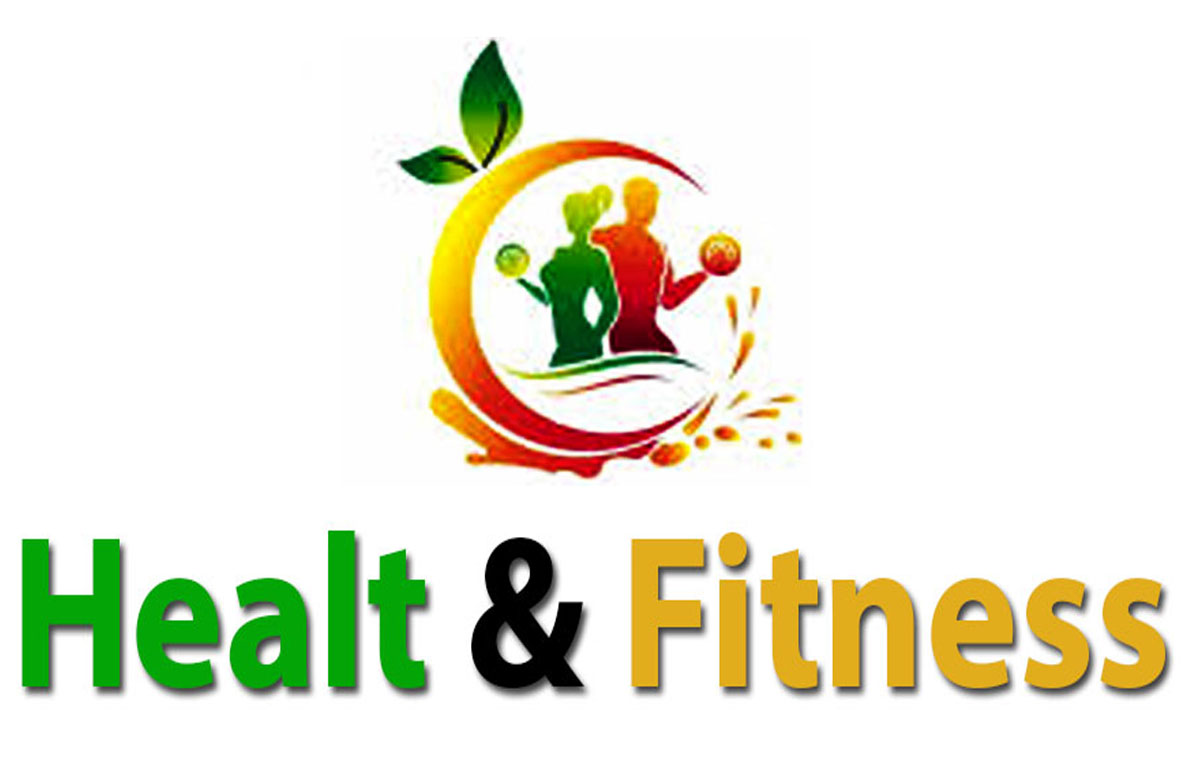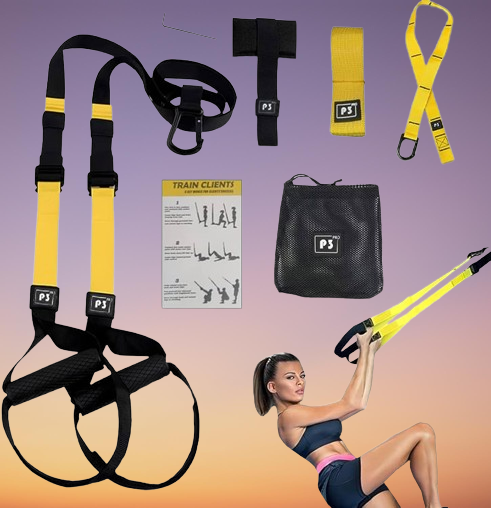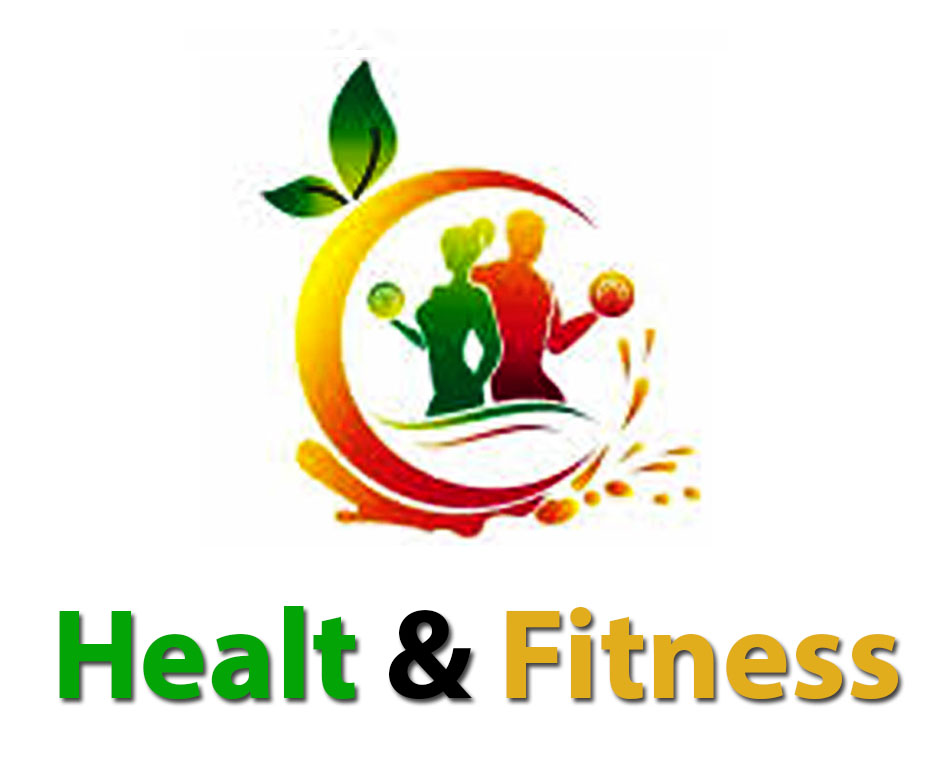Kettlebell Craze: Effective Workouts with Versatile Kettlebell Sets
Kettlebell workouts have become increasingly popular in the fitness world, and for good reason. These cannonball-shaped weights with handles have become a staple in gyms and home workout spaces, offering a versatile and efficient way to achieve a full-body workout. Let us delve into the realm of kettlebell training and examine its advantages, workouts, security precautions, and potential futures.
Introduction to Kettlebell Workouts
What is a kettlebell?
Since their invention in 18th-century Russia, kettlebells have developed into a multipurpose fitness tool for strength, cardio, and flexibility training. Unlike traditional dumbbells, their unique design allows for swinging movements that engage multiple muscle groups simultaneously.
Increase in popularity
In recent years, kettlebells have gained massive popularity among fitness enthusiasts due to their ability to provide a comprehensive workout in a shorter amount of time than conventional routines.
Getting Started with Kettlebells:
A. Swing:
1. The kettlebell swing is a basic exercise that engages multiple muscle groups. It focuses mostly on the core, glutes, and hips. To perform a swing:
2. Start in a squat position with the kettlebell between your legs.
3. Hold the kettlebell with both hands, keeping your back straight and your core engaged.
4. Using the momentum generated by your hip thrust, swing the kettlebell overhead and drive your hips forward.
5. Keep your arms straight and swing the kettlebell up to shoulder height.
6. Control the swing as you descend and repeat the movement.
7. Swings are excellent for building explosive power, strengthening the posterior chain, and improving overall athleticism.
B. Turkish Get-Up:
1. Strength, stability, and mobility are all increased with this full-body workout. It involves a series of coordinated movements while holding a kettlebell overhead. Here's how to perform the Turkish get-up:
2. Start by lying on your back, extending your arm toward the ceiling with one hand holding a kettlebell.
3. Use your free hand to support yourself as you rise to a sitting position.
4. From there, transition to a kneeling position with the kettlebell overhead.
5. Stand up, maintaining the position of the kettlebell above your head.
6. Reverse the movements to return to the starting position.
7. Turkish get-ups are a great way to strengthen your shoulders, core, and coordination. They also put your entire body to the test.
C. Goblet Squats:
1. A great lower body exercise that works the quadriceps, glutes, and core is the goblet squat. To perform a goblet squat:
2. Hold a kettlebell close to your chest with both hands, gripping either side of the handle.
3. Stand with your feet shoulder-width apart.
4. Squat by bending your knees and lowering your hips while maintaining an upright chest and a tight core.
5. Lower as far as is comfortable, or until your thighs are parallel to the floor.
6. Push through your heels to return to the starting position.
7. Goblet squats are an excellent way to strengthen your lower body, enhance your squat form, and increase your overall stability.
D. Clean and press:
1. The clean and press is a dynamic, full-body exercise that involves two movements: the clean (lifting the kettlebell from the ground to a rack position) and the press (lifting it overhead). Here's how to perform it:
2. Begin in a standing position with the kettlebell on the ground in front of you.
3. Hinge at the hips, grab the kettlebell, and explosively lift it to rack position (shoulder level).
4. From the rack position, press the kettlebell overhead with your arms extended.
5. Lower the kettlebell to the rack position and then to the floor to complete one repetition.
6. This exercise targets the shoulders, core, and legs and improves overall strength and power.
E. Robbery:
1. The squat is a powerful, dynamic movement that involves lifting the kettlebell from the ground to overhead in a fluid motion. Here's how to perform a hack:
2. Start in a squat position with the kettlebell between your legs.
3. Hold the kettlebell with one hand, keeping your back straight and core engaged.
4. Explosively extend your hips and knees while pulling the kettlebell upward.
5. Guide the kettlebell overhead by locking your arms at the top.
6. Control the return of the kettlebell to the starting position.
Benefits of the Kettlebell Workout:
A. Improved strength and endurance:
Kettlebell exercises are exceptional for building both strength and endurance. The nature of kettlebell movements, which often work multiple muscle groups together, leads to massive strength gains. Exercises like swings, squats, presses, and snatches work multiple muscles at once, enhancing the development of overall strength.
The dynamic nature of kettlebell workouts also increases muscular endurance. Performing sets of exercises like swings or squats for extended periods of time challenges your muscles to work continuously, improving their endurance over time. This combination of strength and endurance benefits can increase functional fitness and improve performance in everyday activities and sports.
B. Improved cardiovascular fitness:
Kettlebell training isn't just about building strength; It provides a powerful cardiovascular workout. Kettlebell swings, squats, and high-intensity interval training (HIIT) are examples of dynamic exercises that can dramatically raise heart rate and enhance cardiovascular health.
These workouts efficiently work out big muscle groups, boost oxygen uptake, and burn calories. As a result, kettlebell workouts can help improve cardiovascular endurance, increase aerobic capacity, and contribute to a healthy heart and circulatory system.
C. Increased flexibility and mobility:
Although kettlebell exercises primarily focus on strength and cardiovascular fitness, they also contribute to improving flexibility and mobility. Movements such as swings and Turkish get-ups require a wide range of motion, engaging muscles through different planes of movement.
Consistent practice of kettlebell exercises encourages greater joint mobility and flexibility. It is particularly helpful for motions involving the spine, shoulders, and hips. For example, goblet squats can improve hip mobility, while exercises like Turkish get-ups and squats challenge shoulder stability and flexibility.
Additionally, incorporating kettlebell exercises into a well-rounded fitness routine that includes stretching and mobility work can further improve overall flexibility and joint mobility.
Choosing the right kettlebell set
When embarking on a kettlebell workout journey, choosing the right set is crucial for a safe and effective experience.
Consider weight
Beginners should start with lighter weights and gradually progress to heavier weights as their strength and technique improve. This advancement ensures safety and prevents possible injuries.
Grip and handle material
The grip and material of the kettlebell handle play an important role in comfort and usability during the workout. A sturdy grip and long lifespan are guaranteed by the textured handle and premium material selection.
Versatility in workouts
Kettlebells offer versatility in exercise, accommodating different fitness levels and goals. They allow fluid transitions between movements, making it possible to create versatile routines.
Basic kettlebell exercises
1. Proper form and technique
Before diving into more complex routines, it's essential to master proper form and technique. Optimizing posture, breathing, and circulation can help you perform at your best and reduce your chance of injury.
2. Examples of basic exercises
Basic kettlebell movements include kettlebell swings, goblet squats, and Turkish get-ups. These exercises target major muscle groups, providing a solid foundation for more challenging workouts.
Intermediate kettlebell workout
1. Progress from Basic
As skill increases, intermediate workouts include more dynamic movements, such as kettlebell cleans and presses or kettlebell snatches. This compound exercise increases strength and coordination.
2. Compound movement for strength
Interval routines often combine different exercises in seamless sequences, engaging multiple muscle groups simultaneously and promoting functional strength development.
Advanced kettlebell routines
1. Complex movements and variations
Advanced practitioners can incorporate more difficult movements, like windmills or bottoms-up presses, to explore more intricate kettlebell flows. These exercises demand exceptional coordination and balance.
Kettlebell workouts for specific goals
1. Weight loss and fat-burning
High-intensity interval kettlebell training (HIIT) is extremely effective at burning calories and shedding excess fat. Short bursts of intense exercise with short rest intervals boost metabolism and promote fat loss.
2. Muscle building and toning
By adjusting the weight and intensity, kettlebell exercises can facilitate muscle growth and toning. Isolation exercises like bicep curls or tricep extensions can be incorporated into the routine to target specific muscles.
Safety tips and warnings
1. Avoid injury
Practicing proper form, gradually increasing intensity, and not overexerting yourself is fundamental to preventing injury during kettlebell workouts.
2. Warm-up and cool-down routines
Incorporating warm-up exercises and post-workout stretching helps prepare the body for the session and aids muscle recovery, respectively.
Kettlebell Workouts: Myth vs. Reality
1. Addressing common misconceptions
Contrary to some belief, kettlebell training is suitable for individuals of various fitness levels and ages, provided proper instruction and supervision are ensured.
2. Highlight functionality
The effectiveness of kettlebell workouts lies in their ability to engage multiple muscle groups, increase functional strength, and offer a time-efficient workout solution
The future of kettlebell training
1. Innovations and trends
With advancements in design and technology, kettlebell training is poised for innovation in the future. Smart kettlebells with integrated sensors or AI guidance can revolutionize the exercise experience.
2. Integration with technology
Integration with fitness apps and virtual training platforms can further personalize workouts, providing tailored routines and real-time feedback, increasing the effectiveness of kettlebell training.
The versatility, efficiency, and effectiveness of kettlebell workouts make them a mainstay of modern fitness regimens. From basic movements to advanced routines, these workouts meet a variety of fitness goals while promoting overall strength, endurance, and flexibility.
FAQs
1. Are Beginners Fit for Kettlebell Workouts?
Yes, beginners can start with light kettlebells and gradually improve as they build strength and technique.
2. Is It Possible to Lose Weight with Kettlebell Exercise?
Absolutely! High-intensity kettlebell workouts can help burn calories and shed fat.
3. How often should one do kettlebell workouts?
It is dependent upon personal objectives and fitness level. However, 2-3 sessions per week can provide significant benefits.
4. Are kettlebell workouts safe for everyone?
When performed with proper form and supervision, kettlebell workouts are generally safe. Consultation with a fitness professional is recommended.
5. Can kettlebell training build muscle?
Yes, by adjusting the weight and intensity, kettlebell exercises can contribute to muscle building and toning.



.jpeg)







